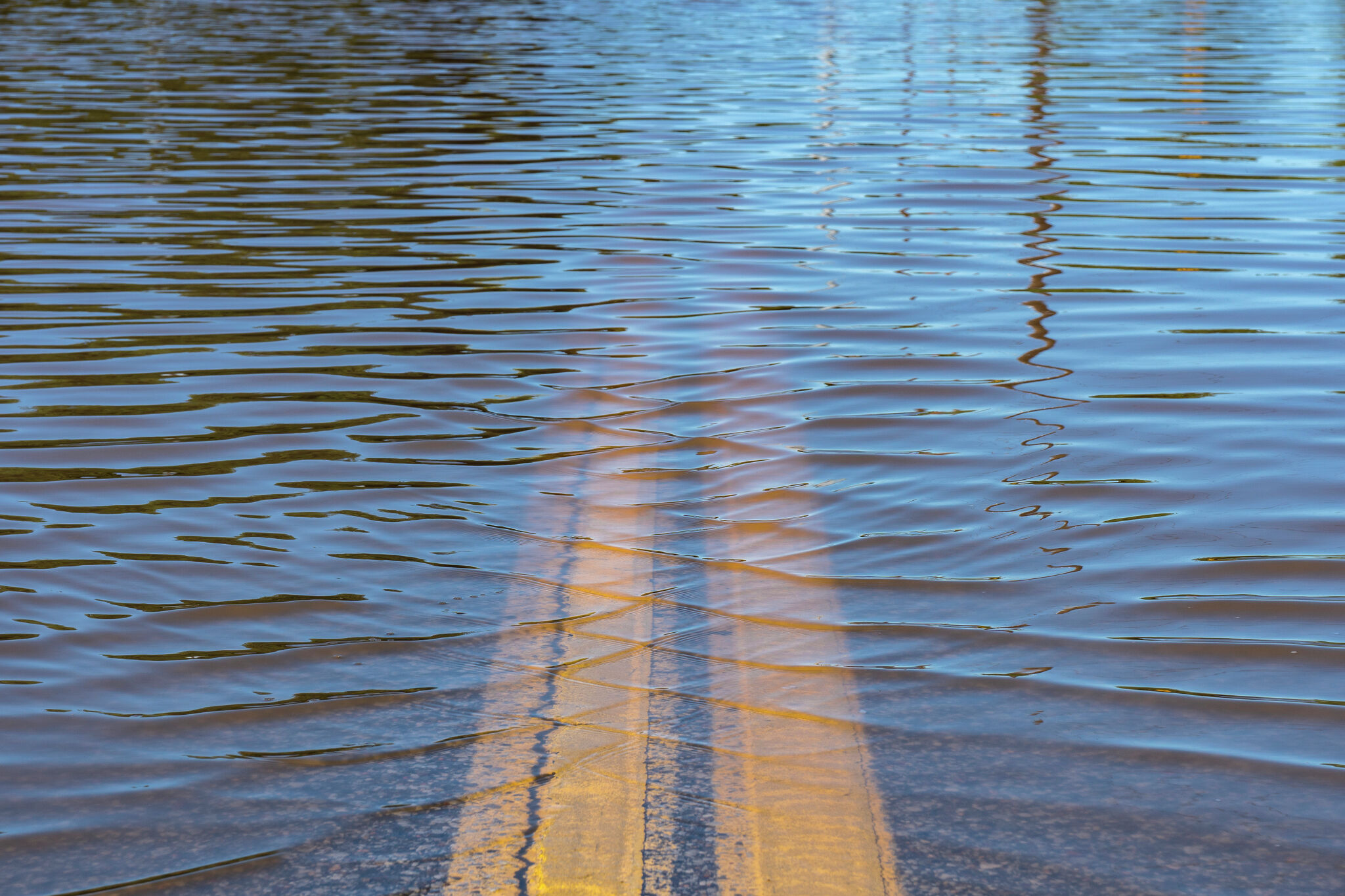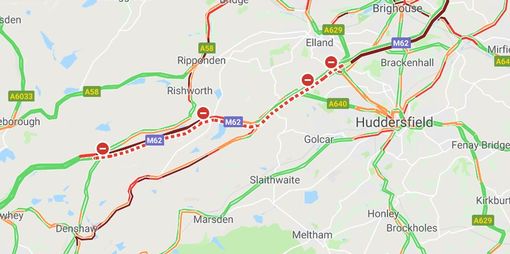NWS Flood Warning: Protecting Yourself And Your Property

Table of Contents
Understanding NWS Flood Warnings
Knowing the difference between an NWS flood watch, warning, and advisory is paramount. A flood watch means conditions are favorable for flooding. A flood warning, however, signifies that flooding is occurring or is imminent. Finally, a flood advisory indicates minor or localized flooding is possible. An NWS flood warning typically includes:
- Affected areas: Specific locations and regions expected to experience flooding.
- Expected severity: The anticipated depth and extent of the flooding (minor, moderate, major).
- Timing: The estimated start and end times of the flood event.
You can receive NWS alerts through various channels:
- NWS website: The official source for the latest weather information, including flood warnings.
- NWS mobile app: Provides real-time alerts and forecasts directly to your smartphone.
- Radio and television: Local news broadcasts often relay crucial NWS warnings and updates.
Key points to remember:
- Learn the specific terminology used by the NWS in flood warnings to understand the level of risk.
- Sign up for multiple alert systems (website, app, radio) to maximize your chances of receiving timely notifications.
- Familiarize yourself with the meaning of different flood levels: minor flooding may affect low-lying areas, moderate flooding causes significant inconvenience, while major flooding presents a severe threat.
Protecting Your Property Before a Flood
Proactive measures significantly minimize flood damage. Before a flood warning is issued, consider these preventative steps:
- Elevate valuables: Move important documents, electronics, and other irreplaceable items to higher floors or waterproof containers.
- Create flood barriers: Sandbags can help protect doorways and vulnerable areas from incoming water.
- Install sump pumps: A sump pump can remove excess water from your basement, preventing water damage.
- Develop a detailed inventory: Create a comprehensive list of your possessions, including photos or videos, for insurance claims. This is crucial for demonstrating flood damage to your insurance company.
Flood insurance is essential for mitigating financial losses.
- Flood insurance: Purchasing flood insurance well in advance of the flood season is highly recommended, as there’s typically a waiting period before coverage begins. Check with your insurance provider for details.
Actions to Take During a NWS Flood Warning
During a flood warning, prioritize your safety:
- Evacuation: If instructed by authorities to evacuate, do so immediately. Your life is more important than your property.
- If evacuation isn't necessary: Move valuables to upper levels, turn off utilities (gas, electricity), and monitor the situation closely through official NWS channels.
Crucial safety measures:
- Never drive or walk through floodwaters: Even shallow water can hide unseen dangers, like downed power lines or deep potholes.
- Stay away from downed power lines: They pose a severe electrical hazard.
- Keep emergency supplies readily available: Have a prepared emergency kit with essential items like water, food, first-aid supplies, and medications.
After the Flood: Recovery and Prevention
After the floodwaters recede, safety remains paramount:
- Avoid contact with floodwater: Floodwater is often contaminated with sewage and other hazardous materials.
- Document flood damage: Thoroughly document the damage with photos and videos for your insurance claim.
- Contact your insurance company: Begin the claims process as soon as possible.
- Seek assistance: If necessary, contact FEMA (Federal Emergency Management Agency) or other relief organizations for aid and support.
Cleaning up after a flood requires careful attention to mold prevention:
- Flood cleanup: Remove damaged items promptly, clean and disinfect affected areas, and address mold growth immediately to prevent further damage and health issues.
Long-term flood prevention strategies are essential:
- Preventative measures: Implement the steps discussed above to reduce your risk in the future.
Conclusion
Being prepared for an NWS flood warning is vital for your safety and the protection of your property. By understanding the warning system, taking proactive measures, and responding appropriately, you can significantly reduce the risk and impact of flood damage. Stay informed about weather forecasts, heed official warnings, and create a comprehensive flood preparedness plan. Don't wait for an NWS flood warning to begin protecting your property and family – start planning your flood safety measures today!

Featured Posts
-
 De Snelle Marktdraai Europese Aandelen In Focus
May 25, 2025
De Snelle Marktdraai Europese Aandelen In Focus
May 25, 2025 -
 10 Rokiv Peremog Yevrobachennya Scho Stalosya Z Peremozhtsyami
May 25, 2025
10 Rokiv Peremog Yevrobachennya Scho Stalosya Z Peremozhtsyami
May 25, 2025 -
 Matt Maltese On Intimacy And Growth In His Forthcoming Album Her In Deep
May 25, 2025
Matt Maltese On Intimacy And Growth In His Forthcoming Album Her In Deep
May 25, 2025 -
 Burys Missing Link Exploring The Planned M62 Relief Road
May 25, 2025
Burys Missing Link Exploring The Planned M62 Relief Road
May 25, 2025 -
 Escape To The Countryside A Comprehensive Look At Rural Living
May 25, 2025
Escape To The Countryside A Comprehensive Look At Rural Living
May 25, 2025
Latest Posts
-
 Alex Ealas French Open A Dream Start In Sight
May 25, 2025
Alex Ealas French Open A Dream Start In Sight
May 25, 2025 -
 Alex Eala Targets Strong French Open Debut
May 25, 2025
Alex Eala Targets Strong French Open Debut
May 25, 2025 -
 Swiateks Winning Streak Continues Madrid Open Victory Over Keys De Minaurs Departure
May 25, 2025
Swiateks Winning Streak Continues Madrid Open Victory Over Keys De Minaurs Departure
May 25, 2025 -
 Madrid Open Update De Minaurs Early Exit And Swiateks Dominant Win
May 25, 2025
Madrid Open Update De Minaurs Early Exit And Swiateks Dominant Win
May 25, 2025 -
 Iga Swiatek Triumphs In Madrid Keys Defeated In Straight Sets
May 25, 2025
Iga Swiatek Triumphs In Madrid Keys Defeated In Straight Sets
May 25, 2025
